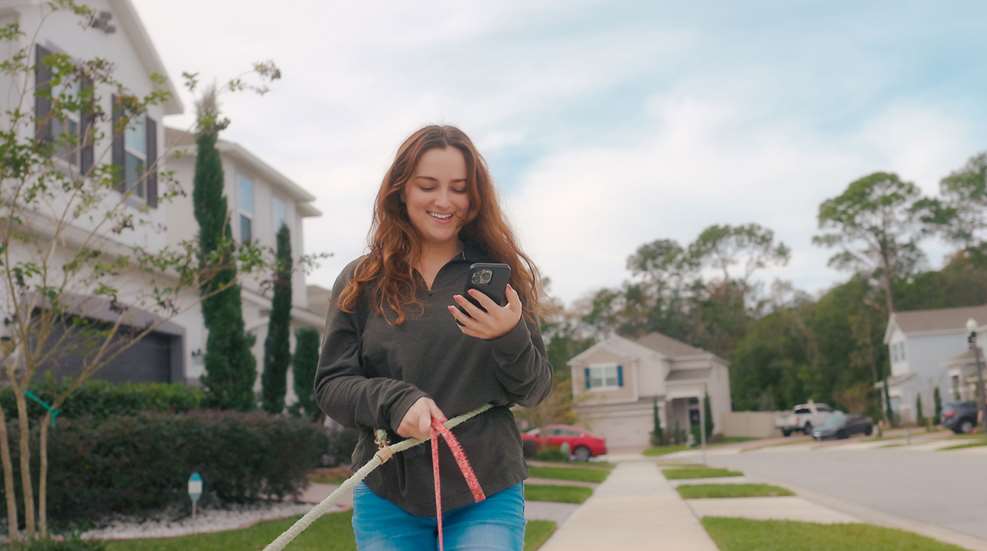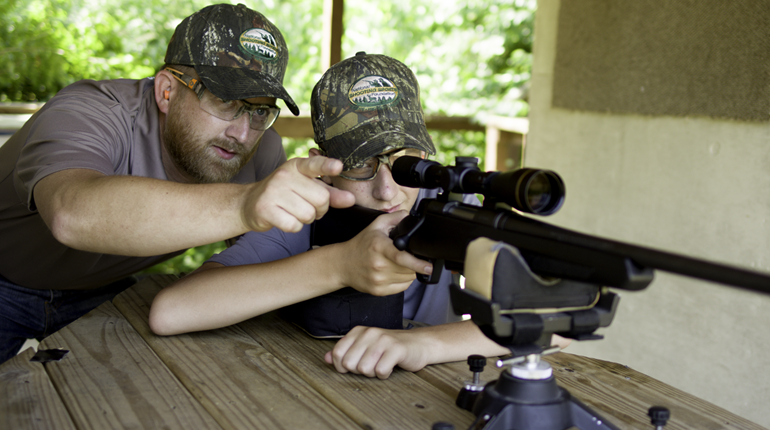
As a new homeowner, I must make a confession: Neighborhood life made me complacent. In the early months of this year, when I first purchased my home, I maintained a vigilant routine. Doors stayed locked, windows were shaded, my fence gate was always secured, and I never left the house without adequate preparation. Over time, however, my carefully constructed routine fell apart. I stopped securing my gate, because delivery drivers couldn’t deliver packages to my door. I gave up on covering windows and doors, because I hated how dark it made the house. Even locking the door (I am not proud of this) went overlooked for a few weeks when I misplaced my key and didn’t want to bother with replacing the lock or calling a locksmith. I knew all my neighbors, my area has a low crime rate, and since I work from home, my house is rarely left undefended anyway. All too easily, I was lulled into a false sense of security.
Unfortunately, sooner or later false security tends to be body-slammed by reality. In my case, that came in the form of a vicious, hulking dog bent on tearing myself and my furry best friend to pieces. For context, my pup, Milo, is like a canine battery. He requires multiple walks each day just to prevent him from bouncing off the walls. As soon as I moved into my neighborhood, we began a routine of laps around the block at certain intervals to keep him calm (and myself sane). On our route, I quickly recognized one house as the “mean dog” house. At any given time, one giant brute of a dog, and sometimes two, would be tied out front, and do its best to terrorize anything that dared come into its line of sight. However, with time even the “mean dog” house faded into the background of our walks, as Milo and I both realized the dog was securely contained in its own yard.
That is, until recently when, in a dramatic moment worthy of cinema, the mean dog’s chain snapped. I’m embarrassed to say I suddenly found myself frozen in ill-fitting flip flops, an air pod in one hand and phone in the other, with the leash wrapped around my wrist, as a gigantic dog barreled towards me, growling all the way. Of course, my 20-lb. beagle mix who has never known a stranger, wanted to bound straight for the snarling teeth, and did his best to drag me with him until I snapped to my senses. In a split-second decision, I did the only thing I could: kicked off my silly shoes, dropped my phone, and did my best to haul my dog back as we struggled away from the danger. Fortunately for me, a more prepared individual stepped up. As I fumbled backwards, not moving nearly fast enough to escape, a nearby neighbor rushed forward, tackling the dog and ending its short-lived terror spree.
While sheepishly collecting myself and my belongings, I was reminded of a self-defense course I’d taken a few years prior, where I learned the acronym “APT”: Alert, Prepare and Threat Analysis. While it doesn’t exactly roll off the tongue, the abbreviation is a concise method of remembering key safety points: stay alert of surroundings; prepare for encounters and activities; and maintain an ongoing threat analysis. I’d applied exactly zero of those points to my walk that day, and if I was honest with myself, I’d been inconsistent about applying them to my day-to-day life. As far as the walk went, I was not at all alert to my surroundings, my dog’s actions, or the actions of the volatile dog, who, in a span of seconds morphed from potential threat into potentially deadly threat. Between listening to music and chattering obliviously on the phone, I’d denied myself the chance to recognize the warning signs of an incoming attack. Moreover, even though it was only a short walk in my neighborhood, I was in no way prepared for my chosen activity. I was wearing illogical shoes, didn’t have any pockets to hold accessories, and left the leash of my headstrong pup around my wrist, where he could easily pull me in a direction I didn’t want to go. But the real kicker was my complete lack of threat analysis. My previous knowledge of my neighborhood could have indicated that any number of the decisions I made weren’t wise, and I made them anyway. I chose to walk past the angry dog’s house because it was a more convenient route, despite knowing about the consistent presence of a risk. I chose to wear shoes unsuitable for any speed faster than a trudge, because they were easily accessible. On their own, these seemed to be simple, harmless choices; but combined with my situation and surroundings, they should have failed my threat analysis.
My point in sharing this story isn’t to fearmonger; it’s to demonstrate how quickly an ordinary situation can deteriorate into a dangerous one. For example, just last month, hurricane Helene caused a chain reaction that devastated East Tennessee’s water systems and power grid. I went to bed one night expecting little more than high winds, and woke up the next morning to limited resources and mass panic. I was fortunate enough to be largely removed from the path of destruction, but several of my coworkers weren’t so lucky. One peer with Type 1 Diabetes had to have insulin and needles air-dropped by drone for four weeks while roads were being rebuilt. Another lost both his home and family business. If I had approached a situation of that magnitude with the same level of apathy I’ve applied to my safety the past few months, I could’ve faced a lot more disastrous outcome.
NRA runs a longtime award-winning program called Refuse To Be Victim (RTBAV), which teaches the tips and techniques you need to be alerted to in potentially dangerous situations, and how to avoid criminal confrontation. It is one of NRA’s few programs that does not focus on firearm training or self-defense, but rather preventative situational awareness tips. And of course, NRA Women readers know about Jeff Cooper's Color Codes, which explains different levels of situational awareness in colors, from white (the lowest) to red (the highest). So, whether you use an acronym like APT or principles taught in an RTBAV seminar, follow the color codes, or just keep a level head on your shoulders, remember to consider and prioritize your safety. It’s far too easy to get swept along in the hustle and bustle of day-to-day life and fall into bad habits. Such habits become the building blocks of lifestyles, and with holidays on the horizon, and a new year just around the corner, it’s more important than ever to exercise our lifestyles as a safeguard.















































